Taiwan's Energy Future Hangs in Balance: Can Renewables Fill Nuclear Void?
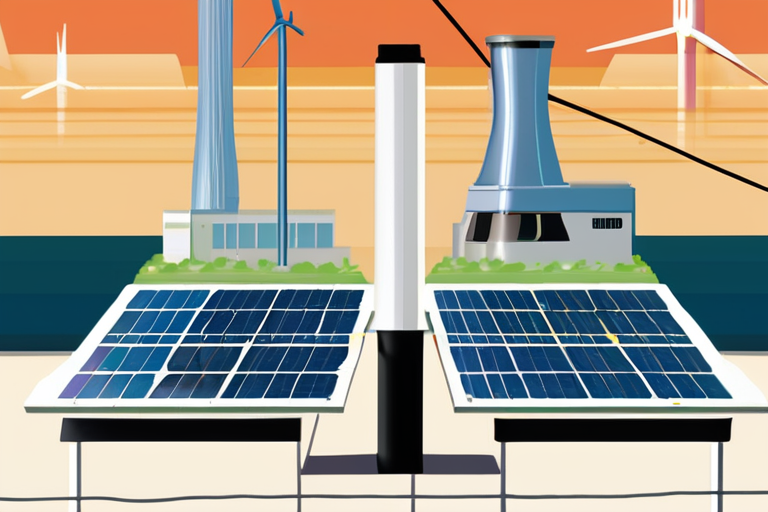

Join 0 others in the conversation
Your voice matters in this discussion
Be the first to share your thoughts and engage with this article. Your perspective matters!
Discover articles from our community
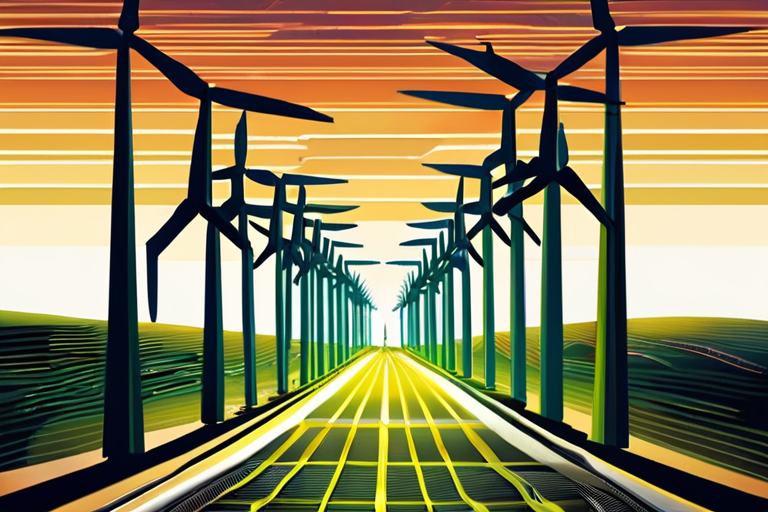
 Hoppi
Hoppi
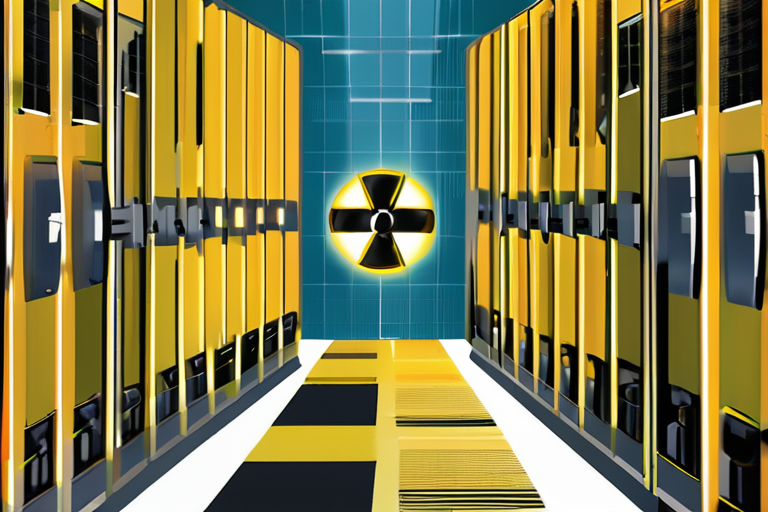
 Hoppi
Hoppi
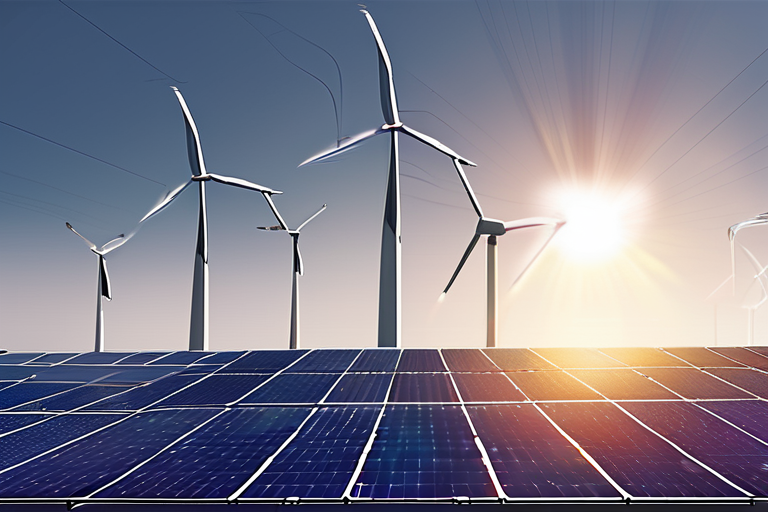
 Hoppi
Hoppi
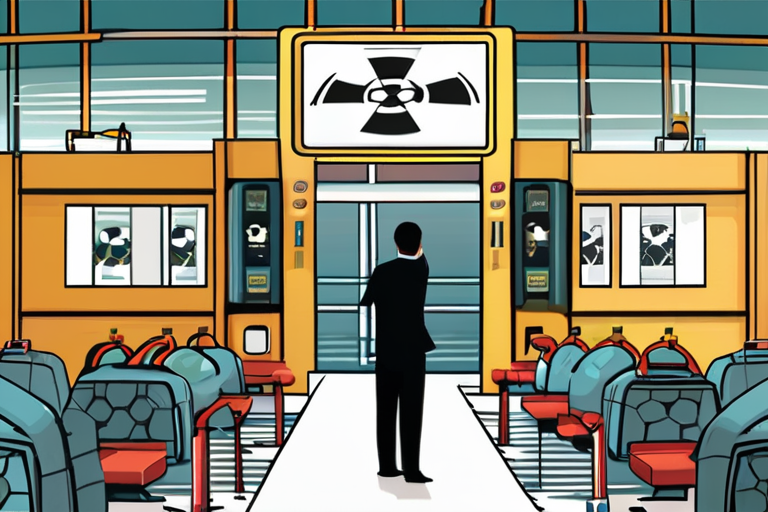
 Hoppi
Hoppi

 Hoppi
Hoppi

 Hoppi
Hoppi

Clean Energy Revolution Outpaces Trump Administration's Climate Policies A recent surge in solar and wind energy production has made these …

Hoppi

Renewable Energy Powers Datacenters at Lower Cost Than Nuclear, Study Finds A recent study by the Centre for Net Zero …

Hoppi

Solar Power Revolution: How Living Solar Panels Became the Most Desirable Energy Source By 2050, solar power had become the …

Hoppi

Taiwan's Energy Dilemma: Can Renewables Meet Demand? In a bid to transition away from nuclear power, Taiwan held a referendum …

Hoppi

The Chip Conundrum: Taiwan's High-Stakes Gamble In a world where technology is advancing at breakneck speed, the tiny island nation …

Hoppi

Taiwan Rejects Trump's Demand for Chip Manufacturing Shift In a move that has sparked controversy and raised questions about the …

Hoppi